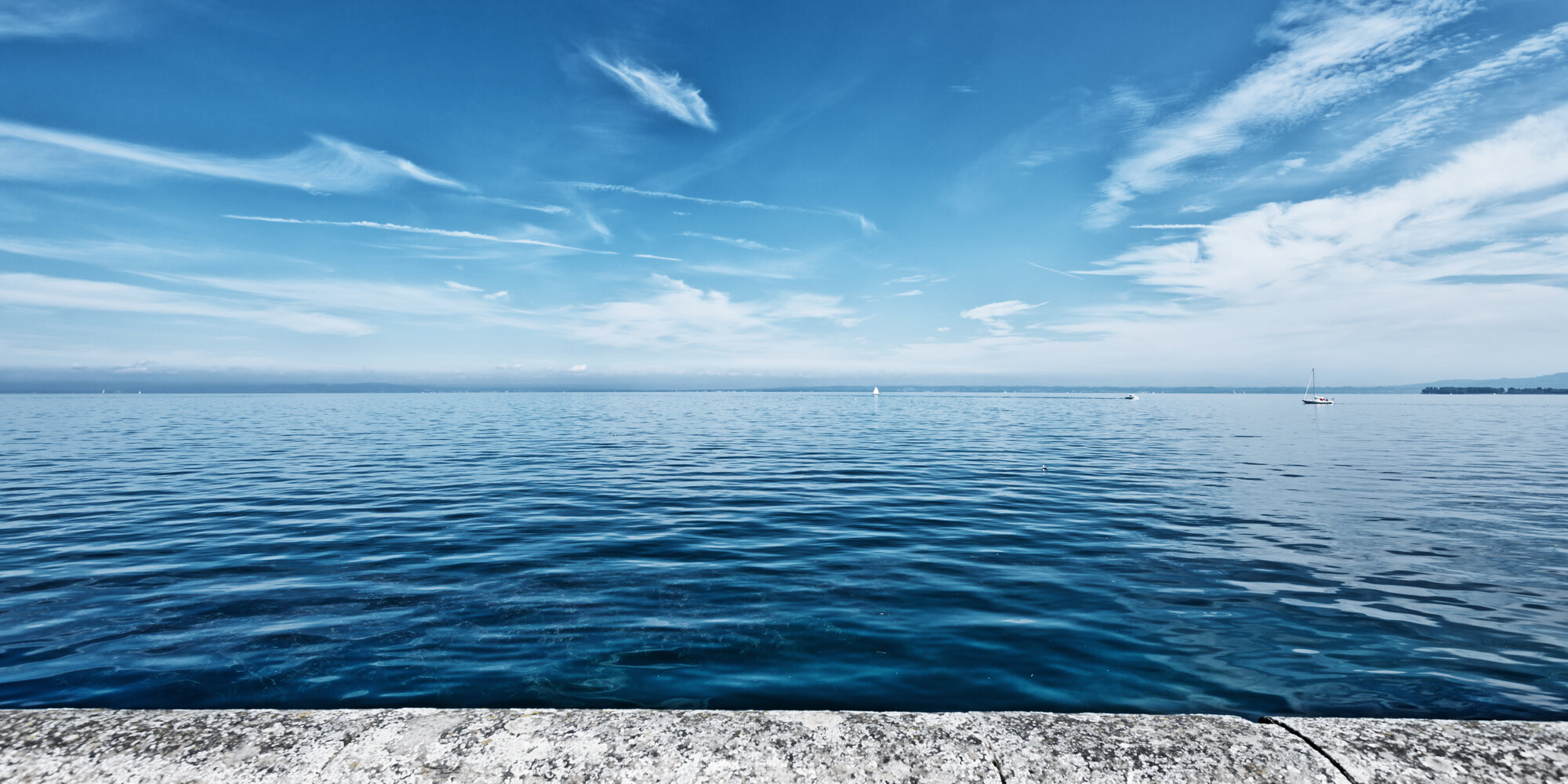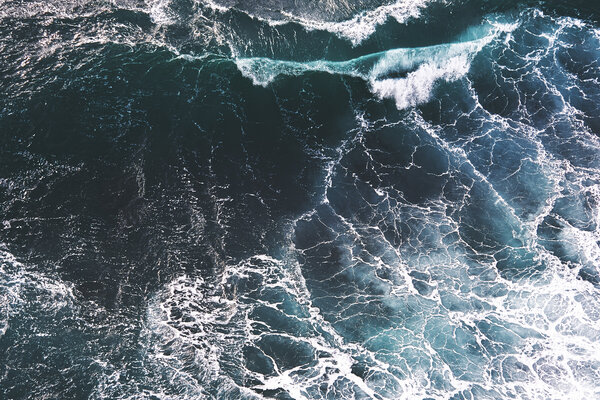"A water gap as big as 30 times Lake Constance is looming"
Without significant investment in the water sector, demand for water will significantly exceed supply. In a comprehensive analysis, Daniel Fauser and Jonas Knüsel identify the biggest challenges and investment opportunities.
Daniel Fauser and Jonas Knüsel

The world population is continuously increasing, as is economic growth and prosperity. This combination leads to a demand for water that is increasing disproportionately to population growth. The drivers of fresh water consumption are: Agriculture, industry and households. The structural growth in demand for fresh water is challenged by fundamental changes in water supply.
Climate change is leading to major changes in the local supply of surface water. Changes in precipitation patterns, melting glaciers and extreme weather events, such as periods of drought followed by heavy rainfall, are also becoming more frequent in Europe, making it increasingly difficult to plan for the availability of surface water. Groundwater levels are falling as a result of over-exploitation of groundwater resources to compensate for regional shortages of surface water. This can even lead to the complete depletion of reserves. The melting of the polar ice caps is causing sea levels to rise and threatens to irreversibly salinize groundwater resources near the coast.
Based on these and other assumptions, we estimate that there will be a global shortfall of 1,500 cubic kilometres of water per year by 2050. For comparison: Lake Constance holds around 50 cubic kilometres of water. In other words: "We are facing a water gap as big as 30 times the size of Lake Constance," explain Daniel Fauser and Jonas Knüsel.
It is obvious that the looming water gap can only be addressed with comprehensive investment in the water sector. The focus here is on three areas: "water technology", "water supply" and "water protection". More details on the primary drivers of water demand and the technologies and companies that are helping to address the water gap can be found in the report "Investing in global water infrastructure".

